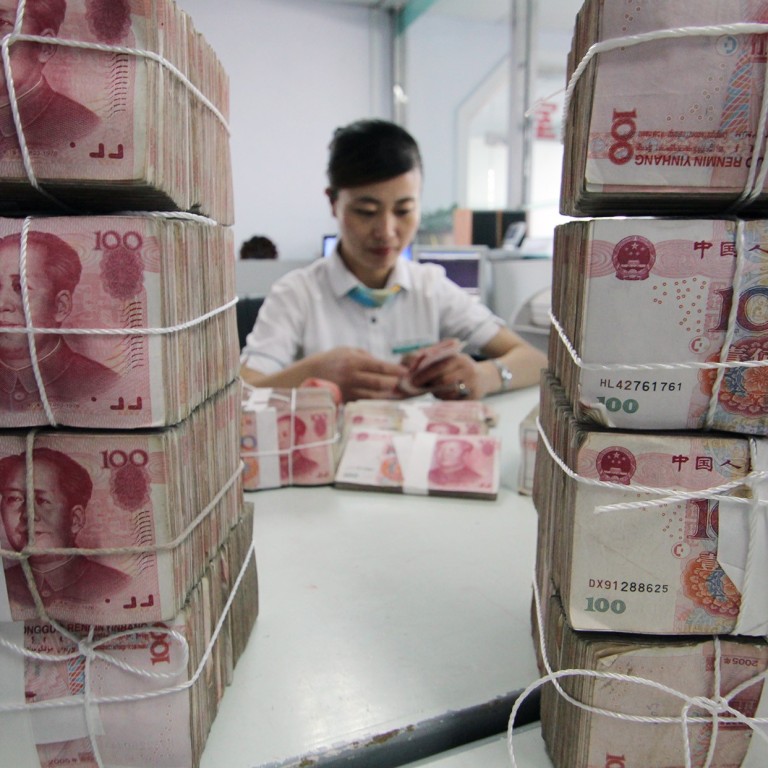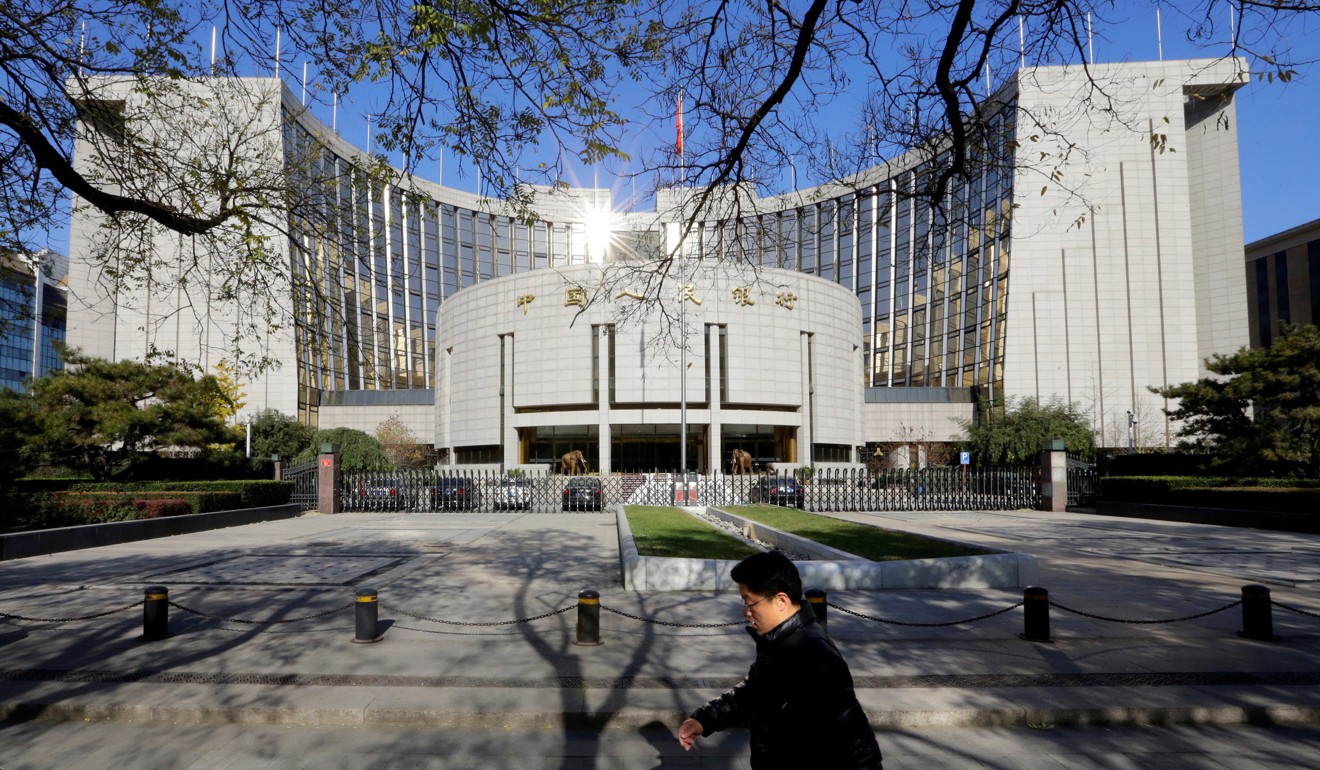
China’s new small business loans echo schemes in Europe and Japan, economists say
- Targeted Medium-Term Lending Facility announced on Wednesday mirrors moves by the European Central Bank and Bank of Japan
- Tool introduced by the The People’s Bank of China offers low-cost loans to banks to help fund small businesses aimed at shoring up the slowing economy
China’s central bank reached into the toolkit of its peers around the world, announcing a new facility to encourage bank lending to companies that looks very similar to what others have done.
The People’s Bank of China (PBOC) is trying to balance competing demands of a debt crackdown and ensuring that banks lend to support growth.
It’s “TLTROs with Chinese characteristics,” wrote Krishna Guha, the head of central bank strategy at Evercore ISI, referring to the European Central Bank’s Targeted Longer-Term Refinancing Operations.
According to Gene Ma, chief China economist at the Institute of International Finance in Washington, the PBOC’s main focus is not the stance of monetary policy but on impairments in the transmission mechanism.

This new policy shows they are moving to tackle that, he said.
In Japan, the Bank of Japan’s (BOJ) similar scheme had “some positive impact since it gives a certain amount of relief to markets when central banks take the other side of a transaction,” said Yuichi Kodama, chief economist at Meiji Yasuda Life Insurance Co. in Tokyo.
However, financial conditions in Japan are very different to those in China.
For the BOJ, the problem is a lack of loan demand, and that has not changed markedly even after years of unconventional monetary policies.
In China, there is much more demand for loans, but many borrowers cannot get access to them, so this new programme may provide some help for small, private companies, said Ben May, director of global macro research at Oxford Economics.
“If slowing credit growth to [companies] reflects small Chinese firms struggling to access credit in response to past policy measures to curb the shadow banking system, these measures could be supportive for credit and wider economic growth,” said May.

